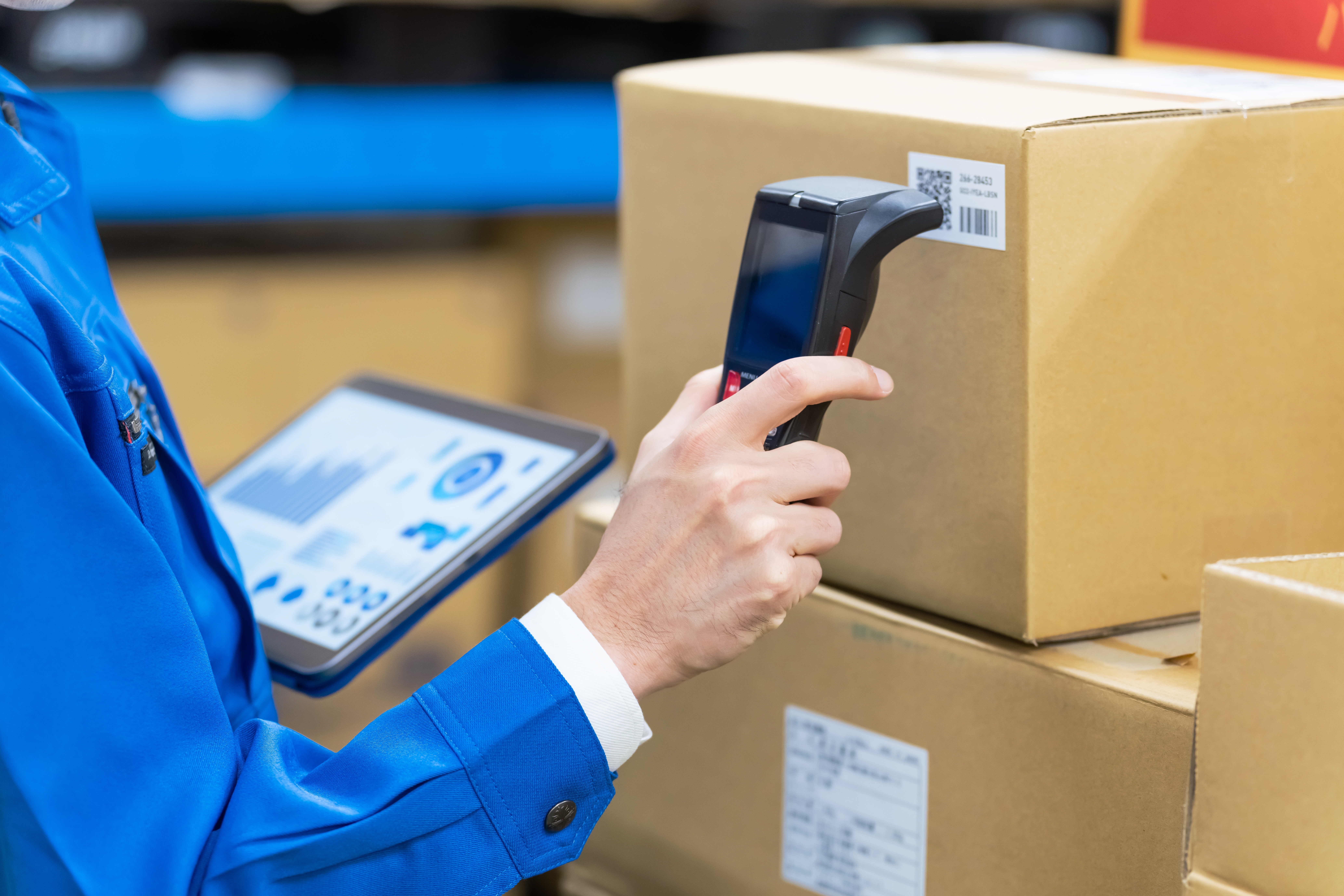Best Amazon Storefronts: Inspiring Examples and What Makes Them Successful
August 13, 2025

Creating a strong Amazon storefront is one of the smartest ways for brands to stand out in a crowded marketplace. The best Amazon storefronts don’t just list products—they tell a brand story, offer a smooth shopping experience, and build trust with customers. In this post, we’ll highlight top Amazon storefronts, explain what makes them successful, and give tips you can use to level up your own.
Whether you’re looking for Amazon store examples to inspire your design or researching top-performing branded storefronts, this guide covers it all.
What Is an Amazon Storefront?
An Amazon storefront is a custom, branded page where sellers can showcase their products, categories, and story. Unlike a regular product listing, Amazon storefronts offer more control over design, layout, and messaging. Think of it like your own mini-website within Amazon.
Great Amazon storefronts can increase conversion, improve brand recognition, and even boost customer loyalty.
Why Do Branded Storefronts Matter?
In today’s competitive landscape, a branded storefront helps you:
- Tell your brand story with visuals and video
- Highlight best-sellers and new arrivals
- Organize products into clear categories
- Drive traffic from ads, social media, and influencer links
Top Amazon storefronts are optimized not just for looks—but also for performance.
Best Amazon Storefront Examples
Let’s take a look at some of the best Amazon storefronts and what they’re doing right.
1. Anker
Why it works:
Anker’s Amazon storefront immediately communicates professionalism. Their top banner features clean, high-impact visuals with product highlights and promotions that rotate seasonally. The layout is simple but strategic—products are grouped by category (like charging cables, power banks, and wall chargers), making it easy for customers to find exactly what they need. The storefront also includes best-seller callouts and limited-time deals, helping guide purchase decisions.
Takeaway: Clean layout, strong category organization, and clear product segmentation drive trust and conversions.
2. Lodge Cast Iron
Why it works:
Lodge sets a tone that feels authentic and timeless. Their Amazon storefront leans into the brand’s heritage with a strong emphasis on craftsmanship and tradition. The use of lifestyle imagery—like cast iron pans over open flames or hearty meals served in-skillet—evokes a feeling, not just a product. Their copy reinforces values like durability, American manufacturing, and legacy cooking.
Takeaway: Leaning into your brand’s origin and identity can build trust and create deeper customer loyalty.
3. Native
Why it works:
Native’s storefront stands out through simplicity and clarity. Instead of crowding the page, they focus on just a few key elements: clean visuals, clear ingredient messaging, and curated scent-based collections. The minimal layout gives breathing room to their branding, helping shoppers focus on what matters—natural formulas and easy product discovery. Seasonal bundles and consistent design reinforce the brand’s modern, health-conscious appeal.
Takeaway: Less can be more. Focused, minimal storefronts can deliver a high-end feel and build trust through clarity and restraint.
4. Goli Nutrition
Why it works:
Goli’s storefront is bold, colorful, and highly functional—but what makes it stand out is how clearly it communicates product benefits. Each product section features image highlights that quickly explain what it supports—like sleep, digestion, energy, or immunity. The storefront avoids fluff and gets right to the value, using a layout that’s easy to scroll and easy to understand, even at a glance.
Takeaway: When your product serves a specific function, make it obvious. Clear, benefit-led design helps shoppers find the right fit—fast.
5. Hydro Flask
Why it works:
Hydro Flask’s storefront taps into lifestyle and self-expression through color. Rather than just listing water bottles, the layout encourages shoppers to explore by aesthetic—whether that’s a bold neon or soft neutral. Their use of rich product photography and consistent color theming gives each collection a curated feel. This focus on personal style turns a basic utility item into a lifestyle accessory.
Takeaway: Product function is important—but when you align with personal identity, you turn everyday items into must-have gear.
Key Takeaways
Across every standout storefront, a few patterns emerge: strong visual storytelling, consistent branding, and layouts that feel just as smooth on mobile as they do on desktop. These brands don’t just showcase products—they create a clear, engaging experience that guides shoppers toward action.
What sets the best storefronts apart is intention. Every image, layout choice, and headline supports the customer journey. They stay current, reflect the brand’s identity, and make it easy for shoppers to connect and convert.
Whether you’re building your first storefront or refining an existing one, these examples offer a clear blueprint: focus on clarity, consistency, and customer experience—and keep evolving as you grow.
View More Insights
Ready to scale your business?
Talk with one of our ecommerce experts.



